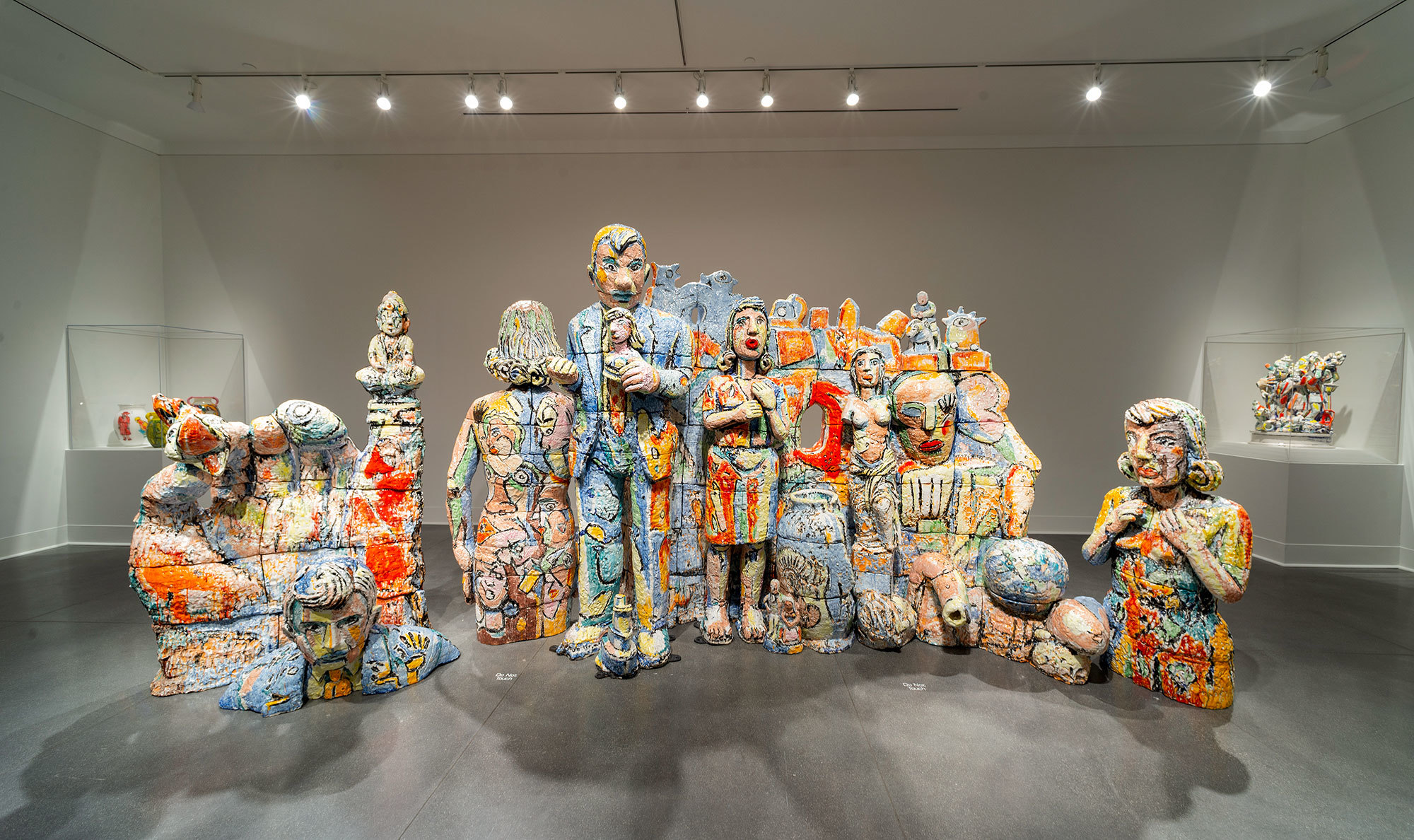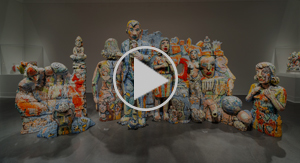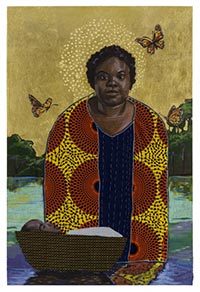Black Matters
July 6, 2020 - October 11, 2020
Graphics Gallery
This exhibition features a series of woodcut prints by artist Matthew Owen Wead. Each print depicts a Black individual who was killed by police officers or armed vigilantes. Many of the perpetrators were later exonerated of the crimes in which they were charged. These artworks are Wead’s way of confronting a system that is intended to protect everyone yet has subjugated and brutalized so many, and to remind everyone that Black matters.
Although the initial series was completed in 2009, Wead explains that it “has now become a never-ending and daunting task.” Included in this exhibition are three new prints portraying Breonna Taylor, George Floyd, and Ahmaud Arbery.
From the Artist
"On a daily basis, every moment, black folks are being bombarded with images of our death and after a while that does something to your psyche. It's literally saying, ‘black people, you might be next. You will be next.’ But in hindsight it will be better for our nation, the less of our kind, the more safe it will be." - Patrisse Kahn-Cullors, a co-founder of Black Lives Matter
The intention of this series grew out of the pain he felt hearing, seeing, and reading about the unnecessary brutal force enacted on to these victims. To peer into their eyes was to show another point of view—to maybe strike empathy in the audience—and to allow them to think about how they would react in a similar situation. The title of the series, Shooting Targets, came from the reckless abandon that has been shown and addressed to black people, in both the interactions and then the aftermath, as an afterthought. Black people have become target practice, thrown away, and erased when the next news cycle hits. There is a repetition in the process of killing us without any repercussions for doing so, and sometimes being rewarded to do so.
This was not meant to be a continuing series—it has now become a never-ending and daunting task. While this is meant to serve from the perspective of the artist, his statement is to look into the eyes of Black queer, trans, and all Black lives that are subjugated and brutalized under a system that was meant to protect them. Unfortunately, there are countless examples that could be included in this series—never to completion—and seems that it will never end in our lifetimes.
matthewowenwead.com
View More



























